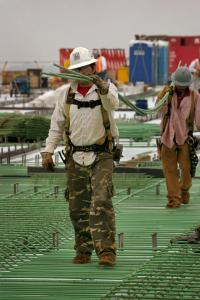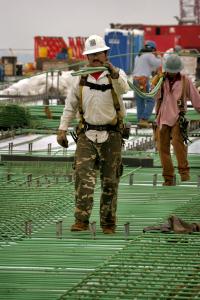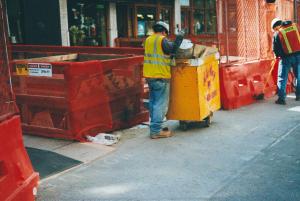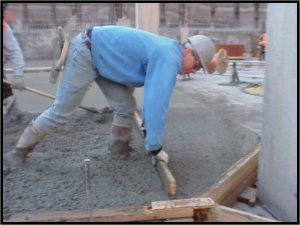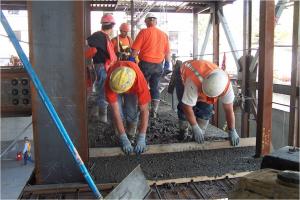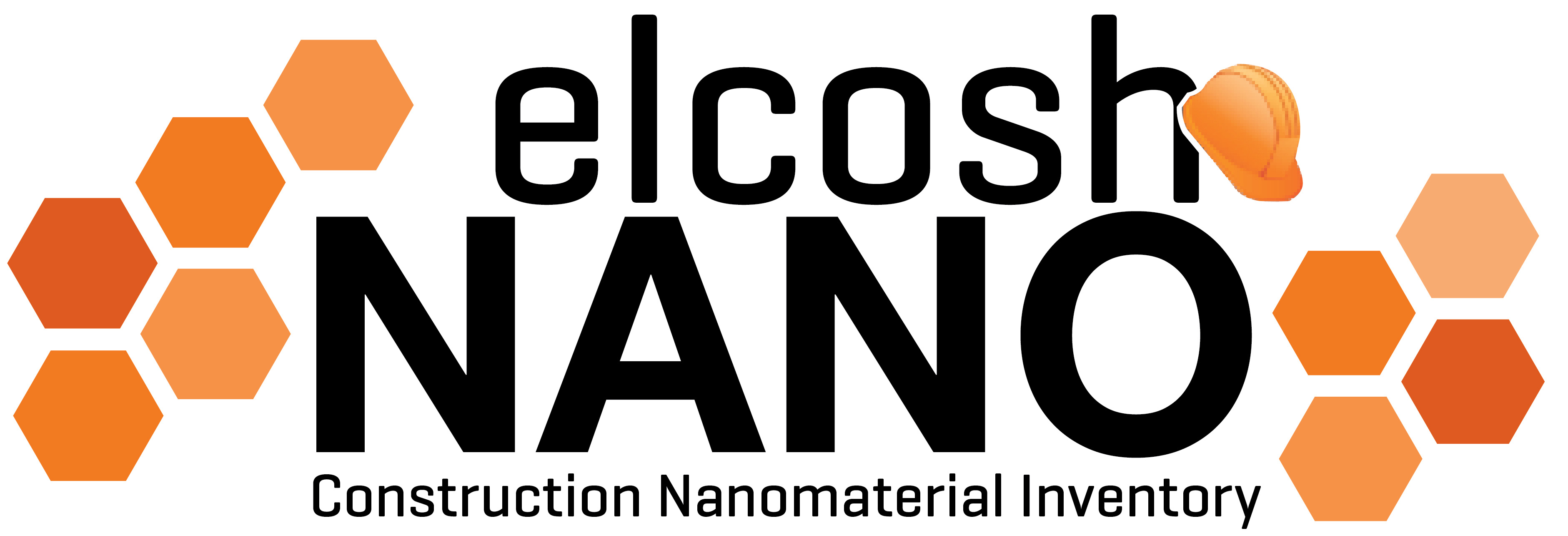Search Results
The ROI Calculator is designed to help employers evaluate the financial impact of new equipment introduced to improve safety. The site includes exampl...
International Labor Organization handbook is designed to help provide information and training for inspectors. It contains information on key safety...
Always use a shoulder pad to protect the shoulder, joint and skin. It is important to use gloves whenever you handle rebar. Keep the load manageable,...
Use padding to protect your shoulder and skin when carrying rebar. Gloves should be worn to protect your hands. Keep loads at a manageable level....
Workers who handle drywall sheets are at high risk of overexertion and fall injuries. NIOSH research has led to recommendations for preventing these i...
Use a more comfortable handle on the debris bucket by adding padding to the existing handle, or by using a bucket with a larger diameter handle. for...
The worker is using a 2x4 to hand screed concrete. Hand screeding normally requires workers to bend forward at the waist and grip the straight edge wi...
A 4-min. video introduces a technique to reduce back strain and injuries among bricklayers when building structures using large blocks (concrete mason...
Hand screeding requires workers to assume an awkward posture (bending) and use a significant amount of force to level freshly poured concrete. The for...
Working in deep cement all day can be very stressful. Using good durable boots with a sturdy sole and insoles with shock absorbing material will help....


